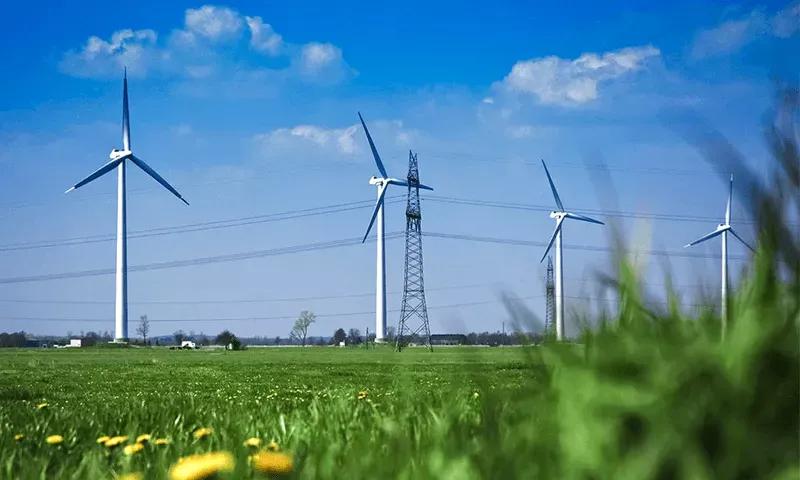In the project, TenneT, The Mobility House and Nissan are making use of the potential of the batteries in electric vehicles for storing locally produced electricity and to feed it back into the grid to stabilise the grid.
"This pilot project complements our block chain projects because it taps new channels for flexibly controlling renewable energy production that is strongly dependent on the weather. We use e-vehicle batteries, which can store electricity as well as to feed it back into the grid, for redispatch, in other words, to dispel transmission bottlenecks in the grid. That takes the strain off the electricity grid and helps us to limit expensive curtailment of wind turbines. This allows the project to supplement the grid expansion and become an important building block for the energy transition."
Lex Hartman,
Managing Director, der TenneT TSO GmbH
Nowadays, due to the increasing decentralized infeed of renewable energy sources, transmission bottlenecks are becoming increasingly common in the power grid. To prevent such bottlenecks, TenneT interferes in the production of conventional power stations and renewables (redispatch, grid reserve, wind power curtailment) and thus ensures that electricity transport remains within the limits and capabilities of the grid. In 2017, the costs for this were around a billion euros (TenneT control area). They are ultimately borne by electricity consumers through grid charges. The initial results from the project are expected to be available in the first quarter of 2019.
During the project phase, Nissan electric vehicles are being used as mobile energy storage systems in the TenneT control area in Northern and Southern Germany to directly reduce local overloads in the power supply or power demand. After a successful implementation of the project, Nissan e-vehicles could be used for this purpose right across Germany. The load and energy management software developed by The Mobility House enables automated control of the vehicle charging and discharging process. The key prerequisite for this is the capability for bidirectional charging; i.e. the e-vehicle has the ability not only to draw energy from the grid but also to feed energy back into the grid as required. The result is that e-vehicles can directly provide grid-stabilising energy supplies.
"The battery storage cells in e-vehicles provide a significant opportunity for optimizing the grid. They create a decentralised storage option for excess renewable energies. An intelligent load control system supports the grid stabilisation and provides significant cost savings for end users."
Thomas Raffeiner,
CEO and Founder, The Mobility House
The automotive manufacturer Nissan has been working together with The Mobility House on the intelligent integration of e-vehicles in the power grid for several years.
"Nissan electric vehicles can be plugged into the grid and support the transmission and distribution to make the grid more sustainable and more stable. At Nissan, we have been looking at ways to use electric vehicles beyond traditional mobility, turning them into clean mobile energy hubs. Today, our electric vehicles are not just transforming the way we drive, but also the way we live."
Francisco Carranza,
Marketing Manager, Nissan Energy, Nissan Europe
The project combines the experience and expertise of the three partners. At the end of this project, further commercial products and services will be available to the owners of e-vehicles.
